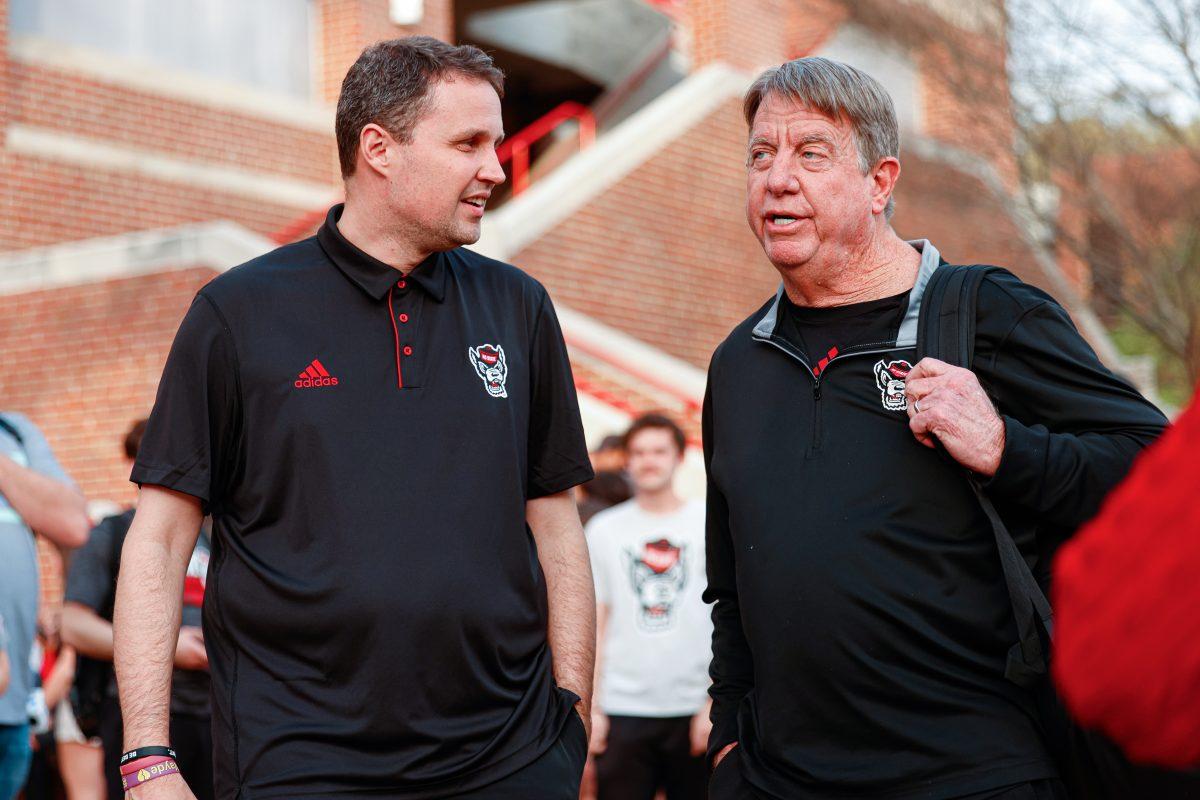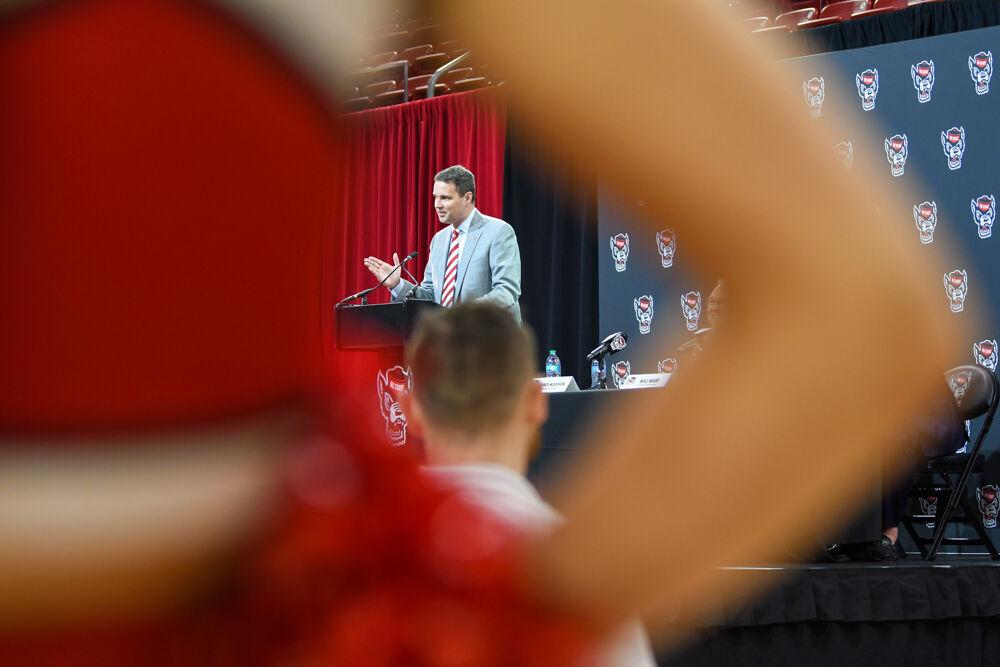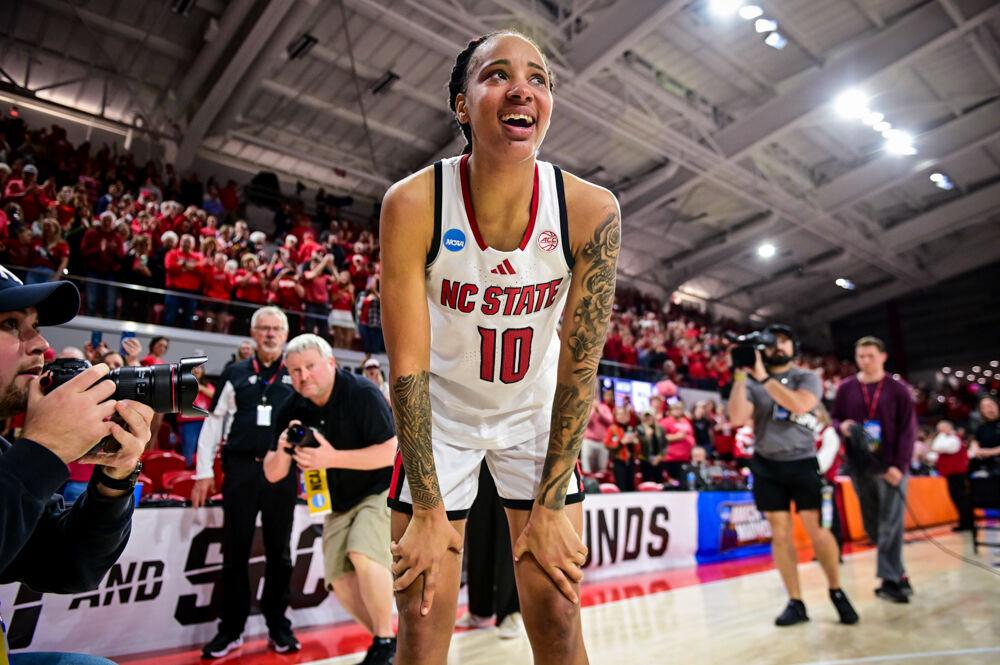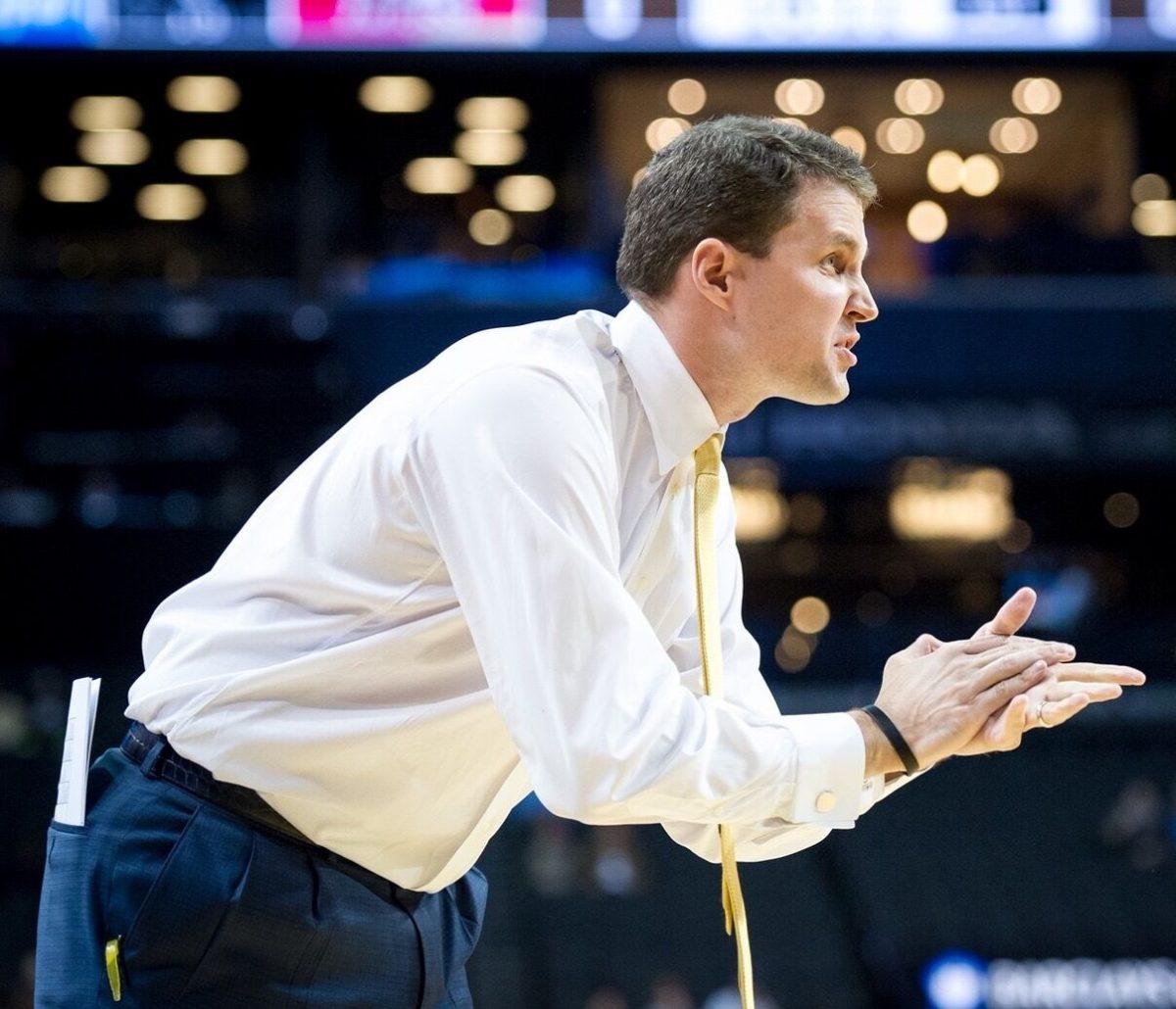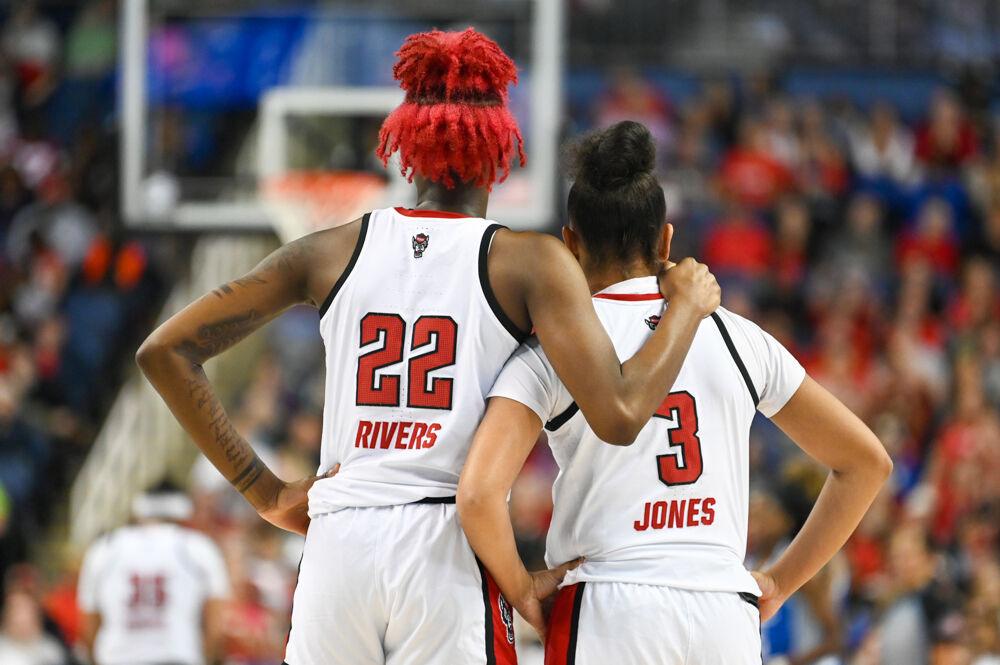Before it even began, the 2015 NBA Finals would be one for the history books. On one side, the youthful Golden State Warriors, led by a first-year head coach and the youngest starting five in the NBA, were looking for their first title in 40 years. On the other, LeBron James and the Cleveland Cavaliers had a chance to finish one of the most incredible storylines in all of sports history, with James winning the franchise’s first-ever title in his first year back with his hometown team.
In the end, the Warriors were triumphant, and Stephen Curry took home his first title to accompany his first MVP award. However, one storyline kept reoccurring during the media storm that was the Finals, one that did not belong alongside the others — the emergence of Matthew Dellavedova.
When Cleveland’s all-star point guard Kyrie Irving was sidelined for two games in the Eastern Conference Finals, Dellavedova filled the role masterfully, scoring 28 points per game in 82 combined minutes over the next two contests. Naturally, the high level of play from an unknown player like Dellavedova was unquestionably newsworthy. However, the story began to run dry as Delly’s play began to wither — or at least, it should have.
When Irving was declared out for the remainder of the playoffs after Game 1 of the Finals, Dellavedova once again took over the starting point guard role. Yet Dellavedova did not repeat his previous success on the game’s biggest stage, averaging just 7.5 points per game on .283 shooting in the Finals.
Yet there was Delly in every “SportsCenter” recap, every “Game of Thrones” video spoof and, most prominently, on the Twitter feeds of casual NBA fans across the nation. Why? Because his personality was intoxicating? No, he barely made any media appearances and was nowhere near as charismatic as James or Curry. Because he was an undeniable star? No, once Irving returns, Delly will be back in his limited role off the bench.
The reason for Dellavedova’s massive cult following was due to one overwhelming factor: the color of his skin. A white man, the Australian point guard has become the next “Great White Hope” in American sports.
At the turn of century, when white men dominated the sporting world, black heavyweight fighter Jack Johnson shocked the world by the becoming the first world heavyweight champion of color. In the wake of Johnson’s title, former heavyweight champ James J. Jeffries came out of retirement to defeat Jackson as the “Great White Hope” for the sport of boxing.
Since that time, the sporting world has become desegregated, and more and more athletes of color have become superstars in their respective sports, and the American people have clamored to find white athletes to stay ahead of the curve.
During the height of Muhammad Ali and Joe Frazier’s dominance in boxing, multiple white contenders were highlighted by the media as the future of the sport. One fighter, Chuck Wepner, was even the inspiration for “Rocky,” an inherently racist movie in itself.
Despite the abundance of athletes of color in today’s major North American professional sports, basketball is the only sport in which black athletes are the stars, in the NFL, quarterbacks such as Peyton Manning and Tom Brady steal the spotlight, while in the MLB, the biggest names include Mike Trout and Madison Bumgarner.
The idea of the “Great White Hope” is very much alive today. In an NBA where the best white players are usually European, it is understandable to see how a white fan would seek out a relatable face.
The great Magic Johnson and Larry Bird rivalry of the 80s is one of the most storied in sports, not only because of the unmatched skills of the two players, but also because many viewed the rivalry as one based on race, even though it was not. Dellavedova was just the latest focus of this racist trend. Yes, his story was inspirational, but amongst the other storylines in the NBA Finals, Delly’s contribution should not have been as highly publicized as it was.
It’s difficult to take action against a trend like this — changing the way people think is an extremely difficult task. However, it’s important to think to yourself before you purchase that jersey: Do I like this player or just the color of his skin?



